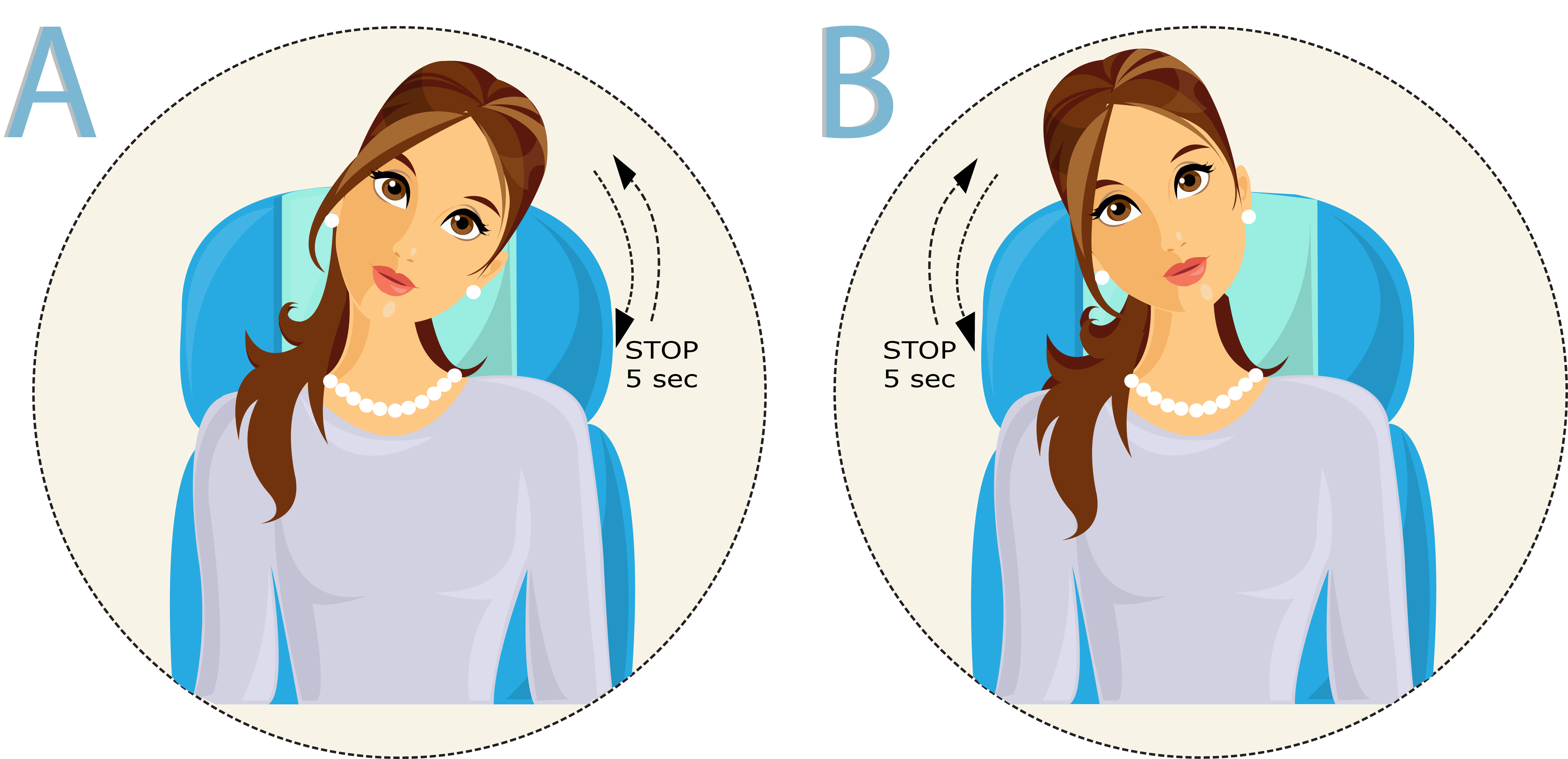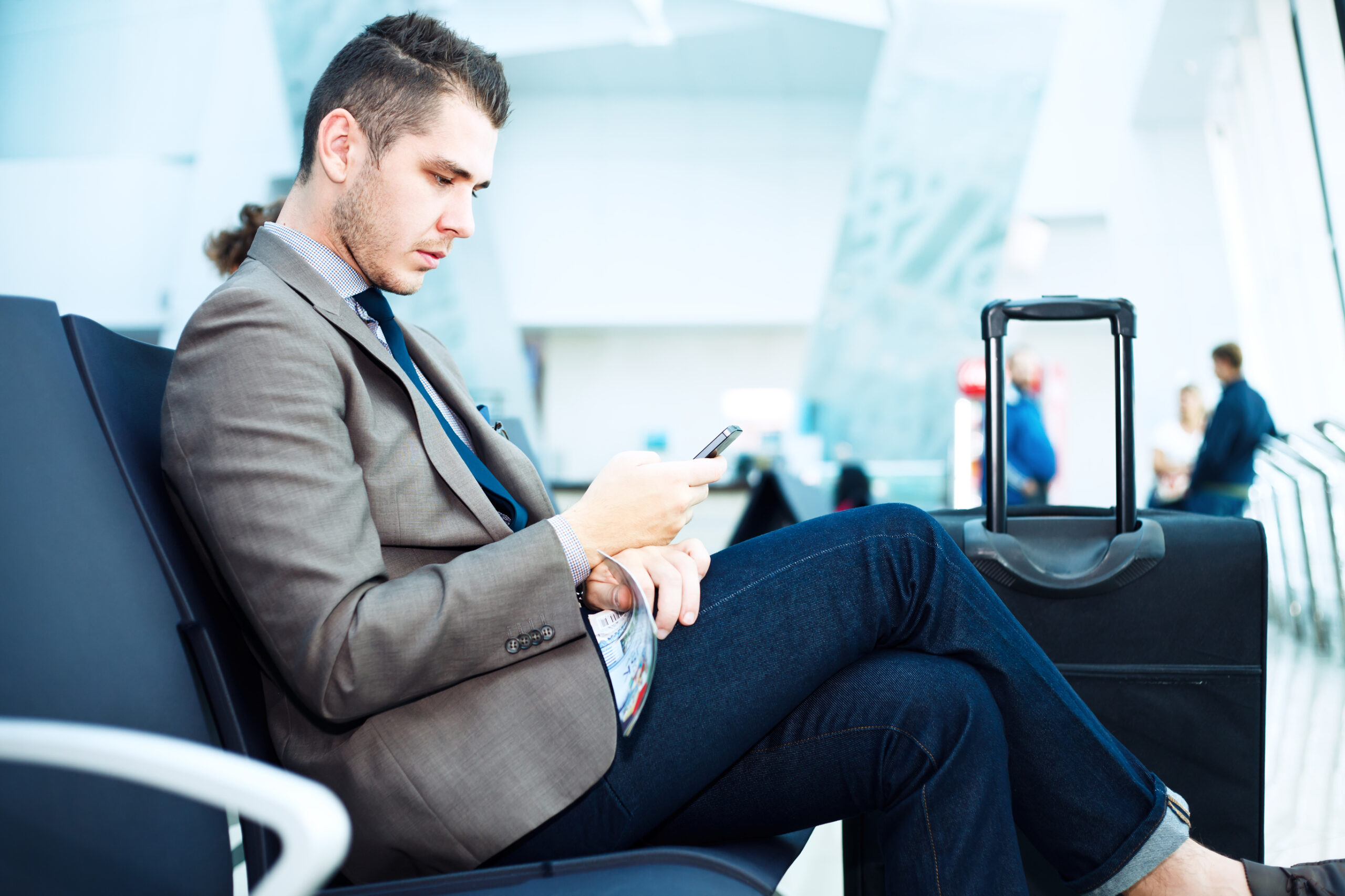
By: Dr. Eirikur Orn Arnarson.
The fear of flying is one of the most common phobias. Surveys have shown that about eight per cent of adults suffer from flight phobia and many more are afraid of flying and simply grit their teeth and get on with it. Women are more likely to be afraid of flying than men, and the fear is most common in people aged 20–40. This has been linked to the sense of responsibility that parents develop during this age range when their children need them most. People who are afraid of flying are often gifted, have achieved success and strive to do everything well.
But what do those who are afraid of flying? Claustrophobia (fear of confined places) is high up on the list. Some dislike not having full control of their environment – as they believe themselves to have as drivers. Others have fear of heights or do not know how they will react to unexpected situations in an unfamiliar place.
News of aircraft accidents increases the fear of those who dislike flying, and they disregard the fact that it is a hundred times safer to travel in an aircraft than a car. US statistics show that the likelihood of dying on a domestic flight is one in ten million and one in forty million on an international flight. Aircraft are manufactured to withstand lightning and can land safely even if one or more engines fail – as long as one engine is working. There is little likelihood of the tyres failing on take-off or landing, as they are constructed from more than thirty layers.
Unnatural fear
Few things are more natural than fear. It is necessary to remind us to be careful when crossing a road where traffic is heavy. Here, the risk is very real and a good reason to be careful. The same can hardly be said of the simple act of buying an airline ticket. Nevertheless, this simple act arouses fear in those who are afraid of flying. They blow the risk they perceive out of proportion.
Once the aircraft is in the air, those afraid of flying watch out for changes in engine noise as well as “mysterious” sounds. In such case, the best thing to do is to occupy your mind by listening to good music.
Minor turbulence can trigger anxiety, even if this is completely normal when flying through weather and wind fronts. Anxiety can be considerably reduced if the pilot has calmly warned the passengers about the turbulence in advance. It is also most helpful if the pilot discusses the excellent weather condition at the destination at the same time.
The fear of flying is a learned behaviour and illogical by its nature. The sufferer is afraid of certain circumstances which he tries to avoid and adopts maladaptive reactions.
Symptoms include, as with other phobias, strong physical reactions such as an increased heart rate, difficulty breathing, dizziness, sweating and abdominal discomfort. These reactions may even appear by thinking about flying.
What can be done?
Prepare for the flight by buying the ticket in time. Try packing your suitcase well in advance and not at the last minute. Do not wait until the last moment to board the plane, but rather try to embark early in order to have sufficient time to stove your items in the overhead compartment and settle down in comfort. Bring an iPod, MP3 player or smart phone that plays music, and take with you relaxing material and your favourite music in your cabin luggage; anything that makes it easier to engage yourself reduces your distress. This means that it may be beneficial to bring e.g. magazines, books, cards, crosswords, pocket chess, computer games, puzzles or anything else you enjoy and think will occupy your mind. It is also helpful to talk to the person sitting next to you and enjoy the in-flight entertainment on board. In addition, don’t forget to take some chewing gum or sweets to use if you experience blocked ears.
Try to get sufficient sleep the day before you take a flight. Make sure not to fly on an empty stomach. You should stimulate your blood flow before going to the airport to prevent the negative impact of staying seated for long periods during the flight. An energetic walk or a shower can make a big difference. Take care that the clothes you are wearing are comfortable and are not too tight.
Keeping your watch set to your home time zone if the trip is shorter than 48 hours is advisable. If the trip lasts more than 48 hours, your watch should be set to the time at your destination. Remain outside in the daylight, and stay awake until it is time to go to sleep. This will help you combat jetlag.
The air in an aircraft is very dry. This can lead to distress unless you take care to drink sufficient amounts of water or soft-drinks to make up for the loss of fluids. A single can of a fizzy drink (33 cl) is considered sufficient for each hour of flight. A good idea is to refrain from drinking either coffee or alcohol, as these can increase evaporation from the body and slow physical reactions. Eating food while on a flight increases well-being.
If possible, it is a good idea to stand up and move about during the flight or to do simple exercises while in your seat by moving your limbs. The movements will stimulate blood flow and lighten the stress on joints and muscles.
You should also do relaxation exercises during the trip, e.g. by listening to relaxation instructions on an MP3 player or other audio equipment. The relaxation exercises will help to reduce the stress of flying and the discomfort inherent in long flights.
Finally, a nice hot bath when you reach your destination is highly recommended, at least on the first evening to help you achieve a restful night’s sleep.
A few key issues
In order to gain control of your fear of flying, it is a good idea to gain an understanding of several issues when preparing for a flight, getting onto the aircraft, the time spent flying and after returning home from a flight.
When preparing for a flight, a person afraid of flying must be determined to try their best to overcome the fear and to face oppressive thoughts from a logical and constructive point of view.
On the way to the aircraft and during take-off, it is important to be determined to relax and to turn your thoughts to something that will help you do so. Be mindful and present in the moment. Keep in mind that the sensation of fear and anxiety always will fade away.
During the flight, it is important always to expect the best, because the likelihood of what you fear the most happening is remote. Being aware of what is happening inside the aircraft is a good idea, as is promising you to face any difficulties no matter what. Keep in mind that the pilots are just as interested in reaching their destination as the passengers.
When the flight is over, take the time to think about the flight, remind you of things you did well and promise yourself to do better next time.
It should be kept in mind that individual therapy and training courses for fearful fliers are available in Iceland. Two psychology students conducted a study assessing the results of the courses and contacted the participants to ask about their flight-related behaviour following attending the course. The short-term and long-term results of the courses were found to be most promising.
Eiríkur Örn Arnarson, Ph.D., trained in clinical psychology in Britain. He is a professor of psychology at the Faculty of Medicine at the University of Iceland and a specialist in clinical psychology at Landspítali University Hospital.















